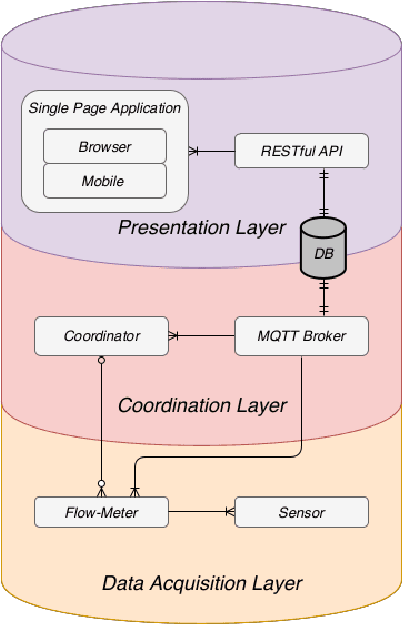IoT to monitor people flow in areas of public interest
Paper and Code
Nov 03, 2021



The unexpected historical period we are living has abruptly pushed us to loosen any sort of interaction between individuals, gradually forcing us to deal with new ways to allow compliance with safety distances; indeed the present situation has demonstrated more than ever how critical it is to be able to properly organize our travel plans, put people in safe conditions, and avoid harmful circumstances. The aim of this research is to set up a system to monitor the flow of people inside public places and facilities of interest (museums, theatres, cinemas, etc.) without collecting personal or sensitive data. Weak monitoring of people flows (i.e. monitoring without personal identification of the monitored subjects) through Internet of Things tools might be a viable solution to minimize lineups and overcrowding. Our study, which began as an experiment in the Umbria region of Italy, aims to be one of several answers to automated planning of people's flows in order to make our land more liveable. We intend to show that the Internet of Things gives almost unlimited tools and possibilities, from developing a basic information process to implementing a true portal which enables business people to connect with interested consumers.
 Add to Chrome
Add to Chrome Add to Firefox
Add to Firefox Add to Edge
Add to Edge